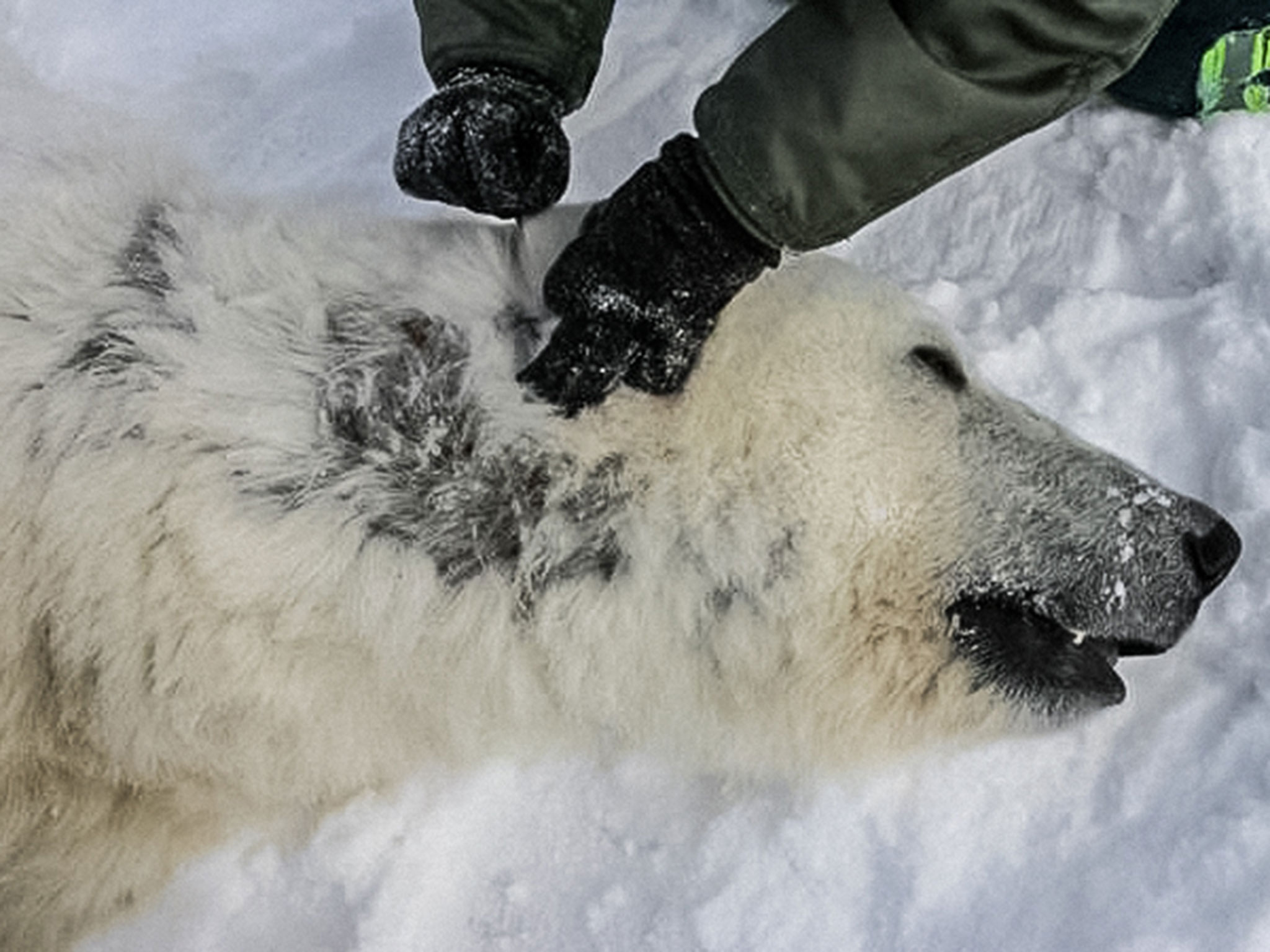What Is The Color Of A Polar Bear's Skin?

Have you ever wondered about the unique characteristics of polar bears, particularly their skin color? Understanding the color of a polar bear's skin is more than just a scientific inquiry; it opens the door to learning about how these magnificent creatures have adapted to their frigid environments. In this article, we will explore the fascinating facts surrounding polar bear skin, the reasons behind its color, and its significance in their survival. We will also discuss some interesting insights into the biology of these remarkable animals.
In the Arctic, where the polar bears roam, their thick white fur is often mistaken as a sign of their skin color. However, the truth might surprise you! Polar bears actually have black skin underneath their fur, which serves a specific purpose in their survival. This article aims to dissect the biology of polar bears, focusing on their skin and how it plays a critical role in their adaptation to extreme cold.
As we delve deeper into this topic, we will also look at various aspects of polar bears, including their habitat, diet, and conservation status. The more we understand about polar bears, the better equipped we are to protect these incredible animals and their environment. So, let’s embark on this journey to uncover the truth about the color of a polar bear's skin!
Table of Contents
The Color of Polar Bear Skin
Polar bears possess black skin under their fur, which is an intriguing adaptation to their environment. The black skin absorbs sunlight, helping to keep the bears warm in freezing temperatures. The white fur of the polar bear is not actually white; it is transparent and reflects light, giving it the appearance of being white against the snow and ice of the Arctic landscape.
Why Is Polar Bear Skin Black?
The black skin of a polar bear is a result of evolution, allowing them to thrive in their cold habitats. This adaptation enables efficient absorption of solar energy, which is crucial for maintaining their body temperature in extreme cold. In addition to this, polar bears have a thick layer of fat beneath their skin, which provides insulation and further aids in heat retention.
Biological Significance of Skin Color
The color of polar bear skin serves several biological functions. Here are some key points:
- Heat Absorption: Black skin absorbs sunlight effectively, helping polar bears to stay warm.
- Camouflage: The white fur provides excellent camouflage against the snow, aiding in hunting and predator evasion.
- Thermoregulation: The combination of black skin and thick fur helps maintain optimal body temperature.
Adaptation to Arctic Environment
Polar bears are highly adapted to their Arctic environment. Their physical characteristics, including skin color, play a critical role in their survival. Let’s explore some of these adaptations:
- Fur Insulation: The polar bear’s fur is not only for camouflage; it also serves as a protective layer against the harsh Arctic winds.
- Fat Layer: A thick layer of blubber provides insulation and energy reserves, crucial for surviving long periods without food.
- Large Feet: Their large, furry paws help them walk on thin ice and snow, increasing their mobility in their habitat.
Polar Bear Habitat
Polar bears are primarily found in the circumpolar Arctic, inhabiting areas where sea ice is present. Their habitat is crucial for their hunting and breeding. They rely on sea ice as a platform to hunt seals, their primary prey. The melting of Arctic ice due to climate change poses a significant threat to polar bear populations.
Diet of Polar Bears
The diet of polar bears mainly consists of:
- Seals (particularly ringed and bearded seals)
- Carcasses of marine mammals
- Birds and their eggs
- Vegetation, though this is not a significant part of their diet
Conservation Status of Polar Bears
According to the International Union for Conservation of Nature (IUCN), polar bears are classified as vulnerable due to the loss of their sea ice habitat. Climate change, oil exploration, and human encroachment are significant threats to their survival. Conservation efforts are crucial to ensure the continued existence of these magnificent creatures.
Interesting Facts About Polar Bears
Here are some fascinating facts about polar bears:
- Polar bears can swim long distances and have been recorded swimming over 60 miles (97 km) without rest.
- They can weigh up to 1,500 pounds (680 kg) and can reach a length of 8 feet (2.4 meters).
- Polar bears are excellent hunters, often using a technique called still-hunting to catch seals.
- Their fur appears white, but it is actually transparent and hollow, allowing sunlight to penetrate and warm the black skin beneath.
Conclusion
In summary, the color of a polar bear's skin is black, which plays a vital role in their ability to absorb heat and survive in extreme Arctic conditions. Their adaptations, including thick fur and fat, make them uniquely suited to their environment. Understanding these fascinating creatures helps raise awareness about the conservation challenges they face and the importance of protecting their habitat. We encourage you to share your thoughts in the comments below and explore more articles about wildlife and conservation on our site!
References
- International Polar Bear Conservation Strategy. (2022). Retrieved from [source]
- National Geographic. (2021). Polar Bears. Retrieved from [source]
- IUCN Red List. (2023). Polar Bear (Ursus maritimus). Retrieved from [source]
ncG1vNJzZmivmaC2b7XSrJirrZKWe6S7zGisqZyRqbKvsdasaG5np52utXnIrGStoJVisLC4zqtkqJ5dlnqxu8uaqWaalZa%2FtHnSpKCnZpipuq0%3D